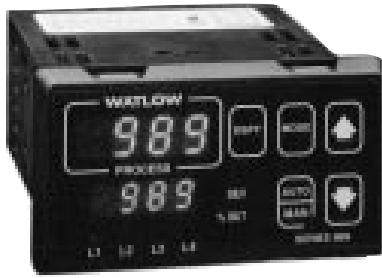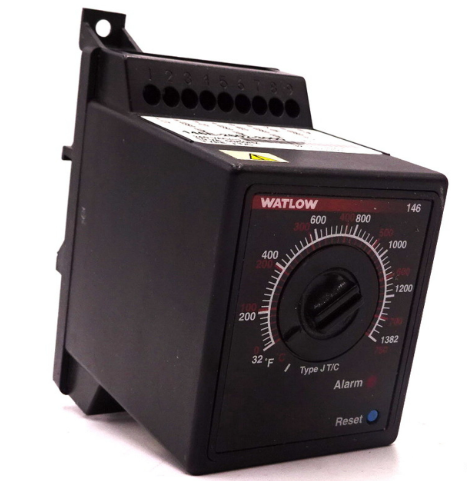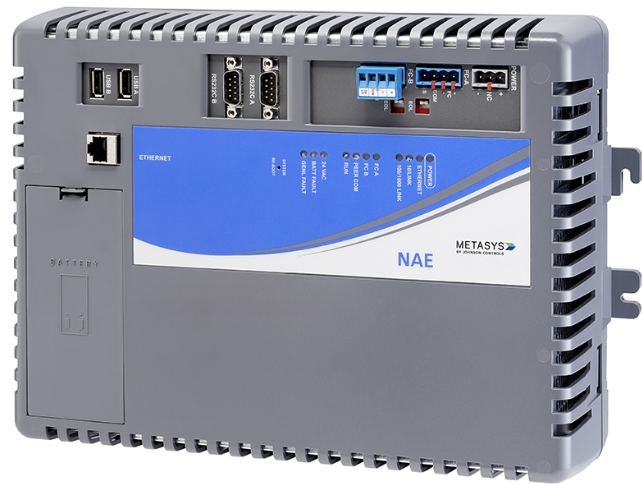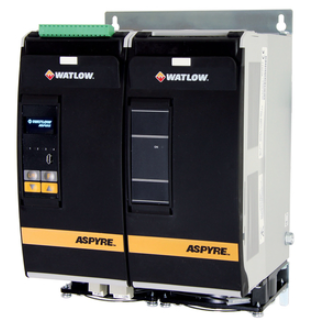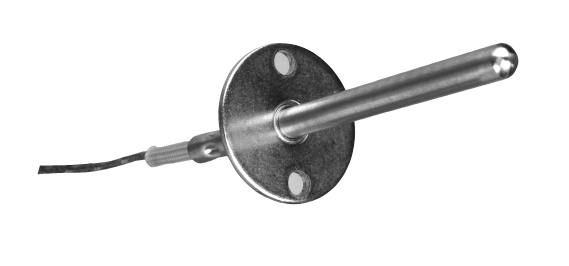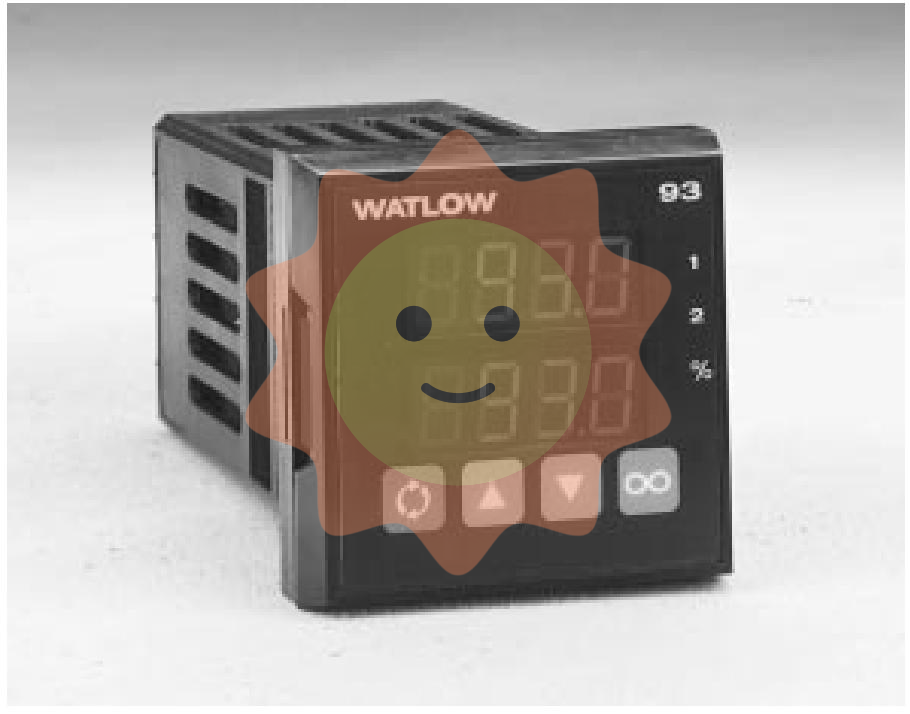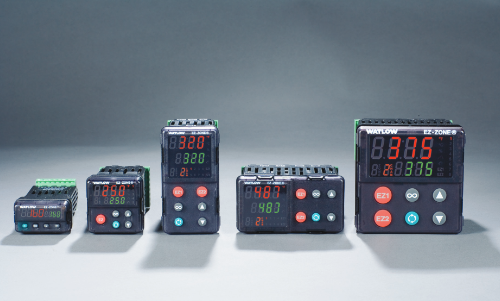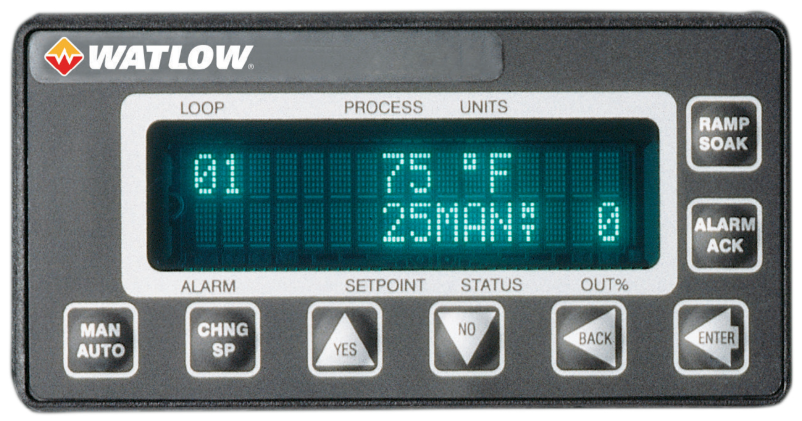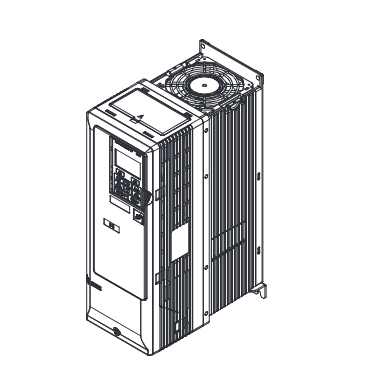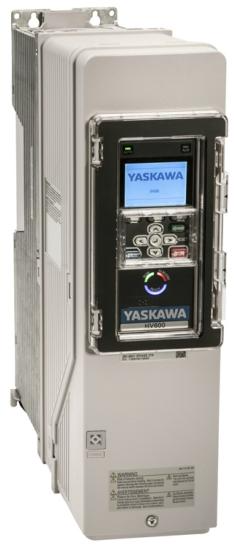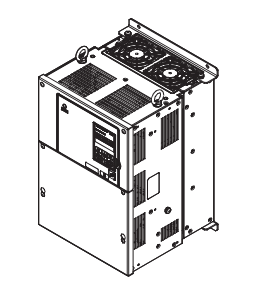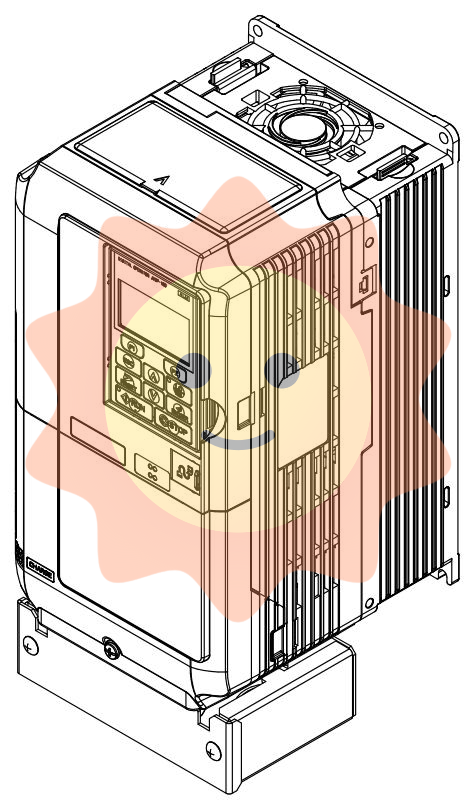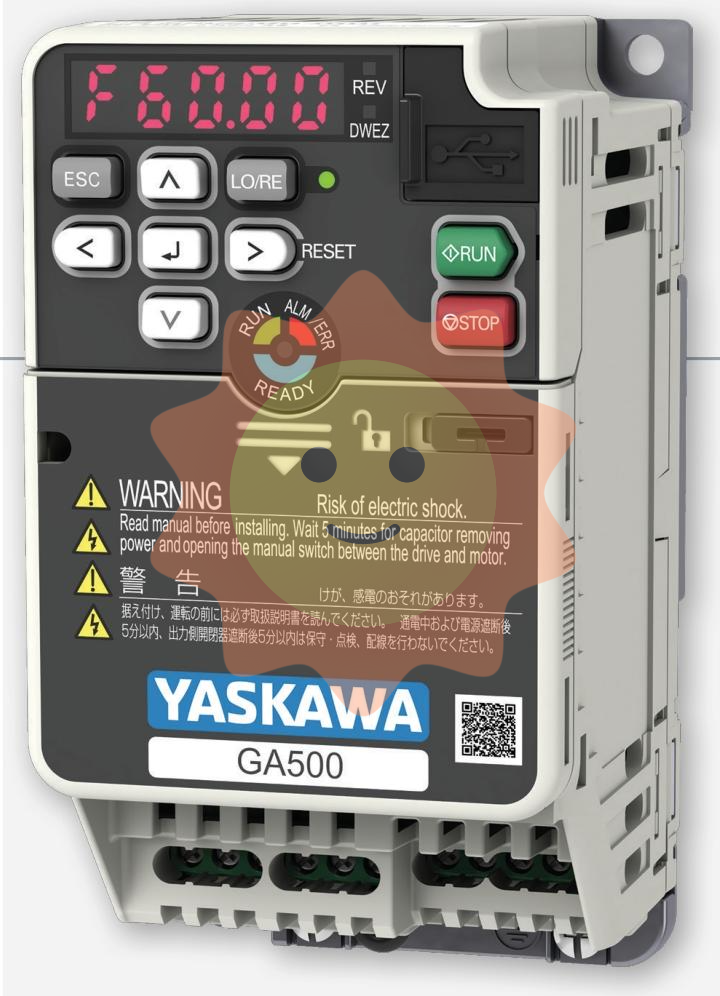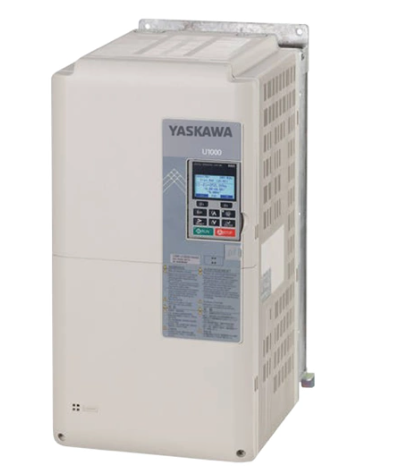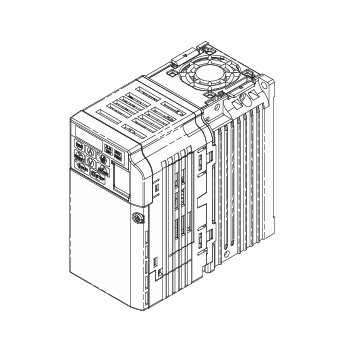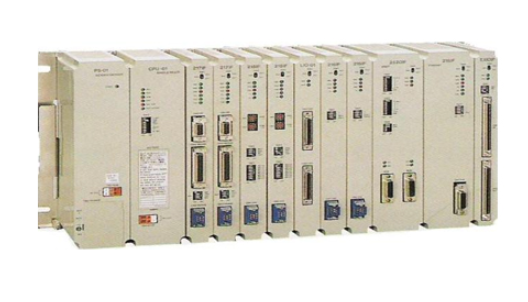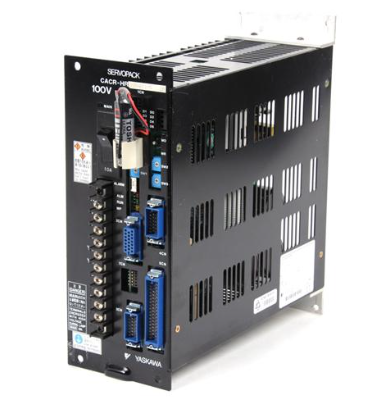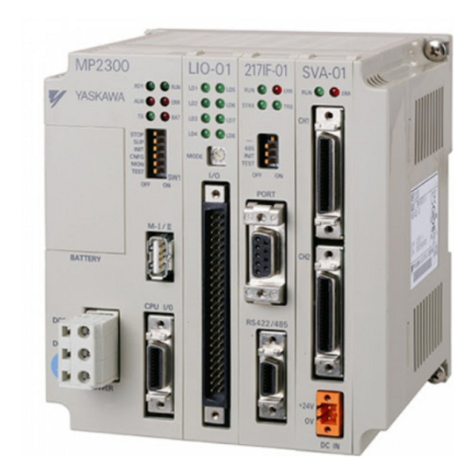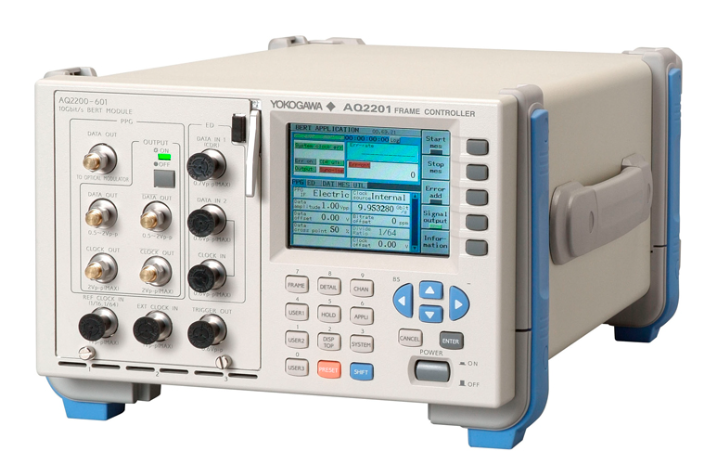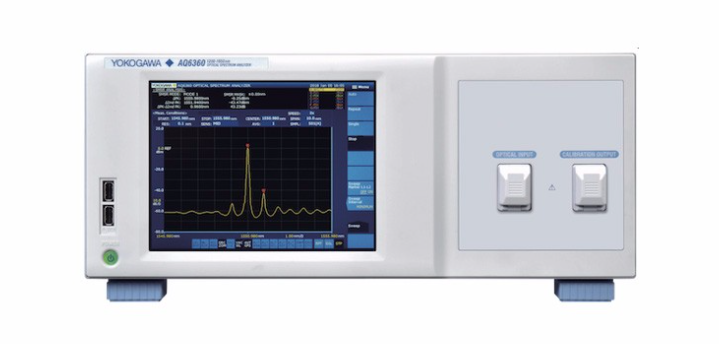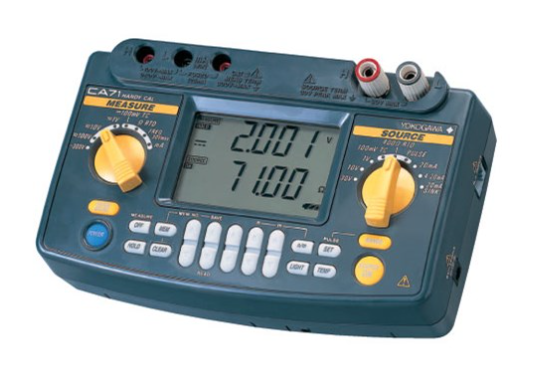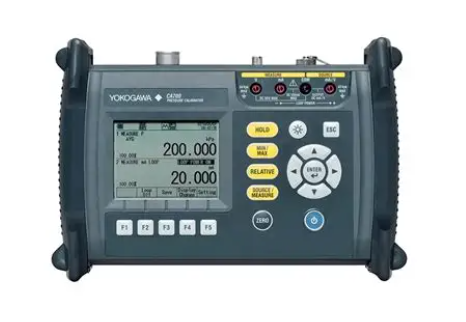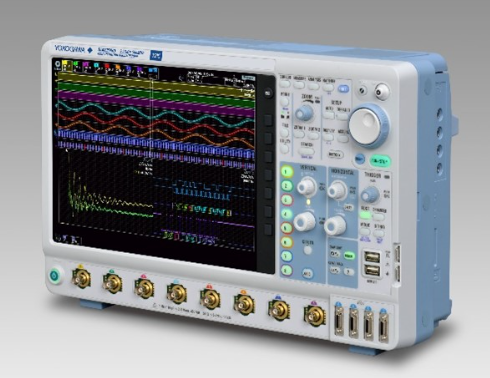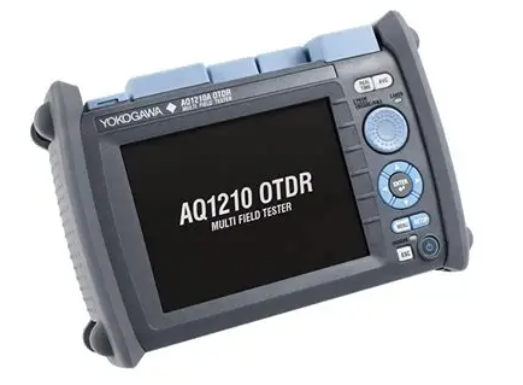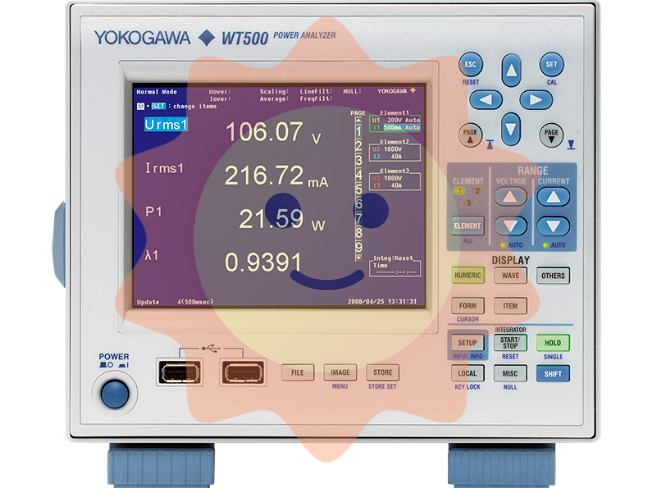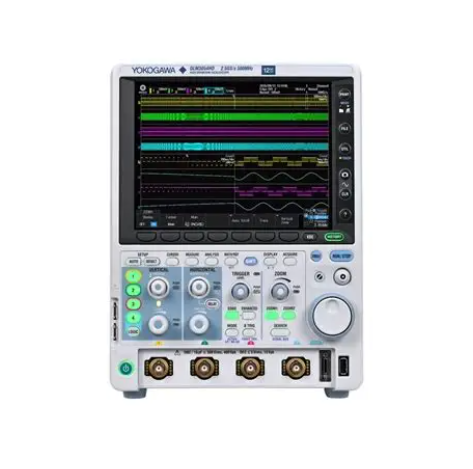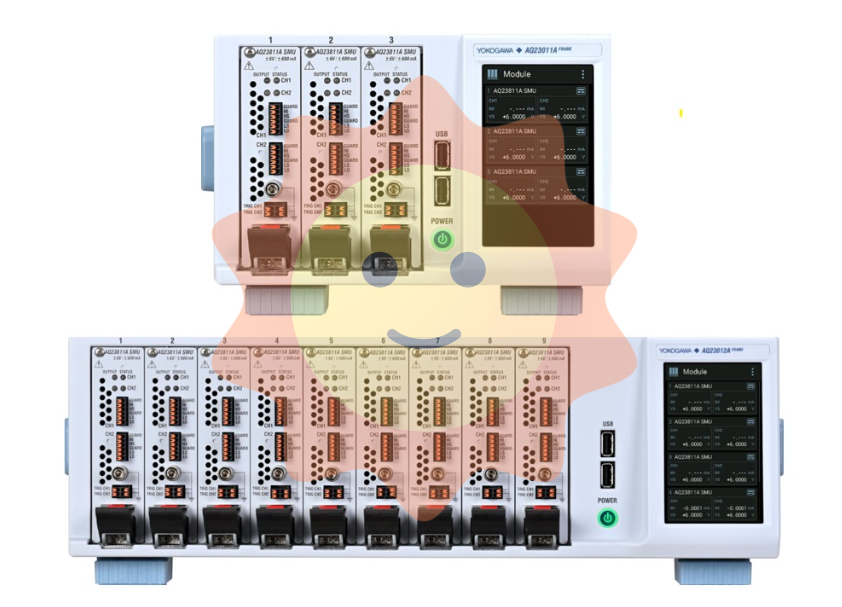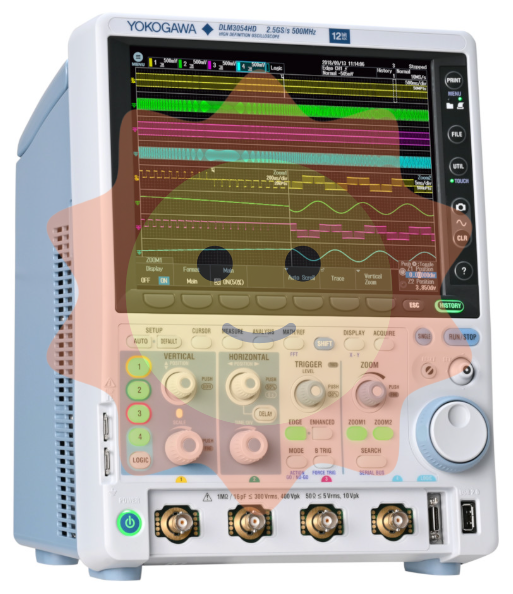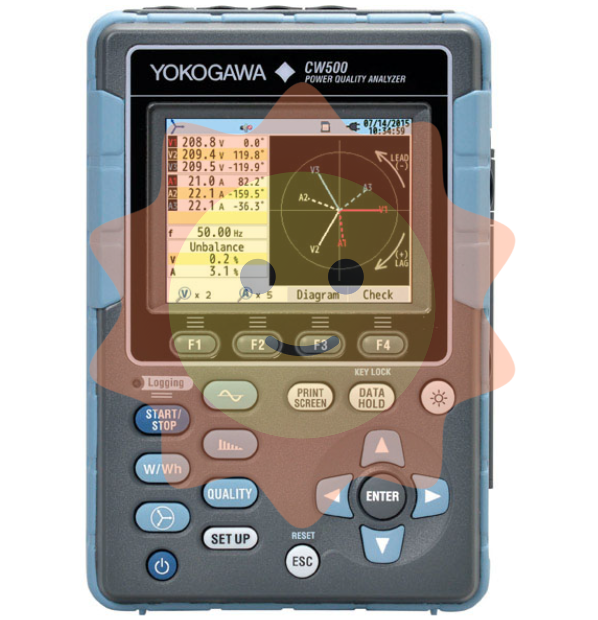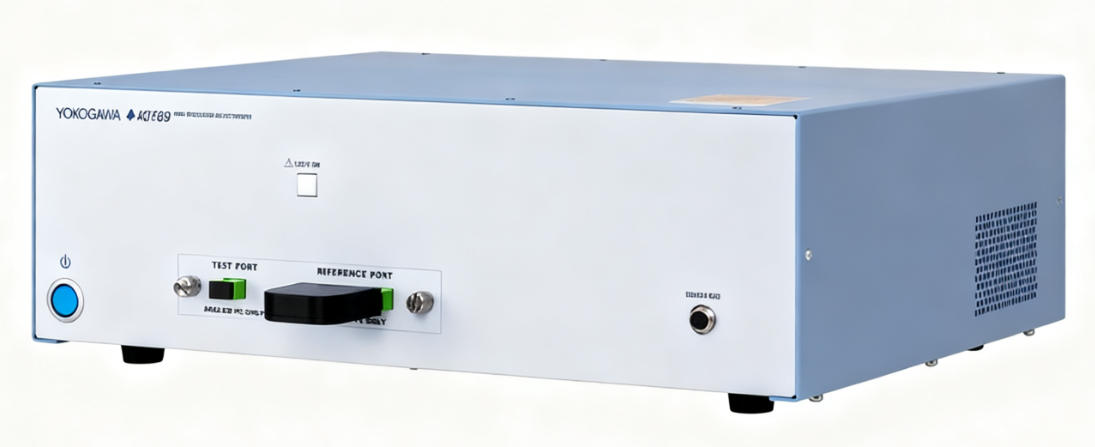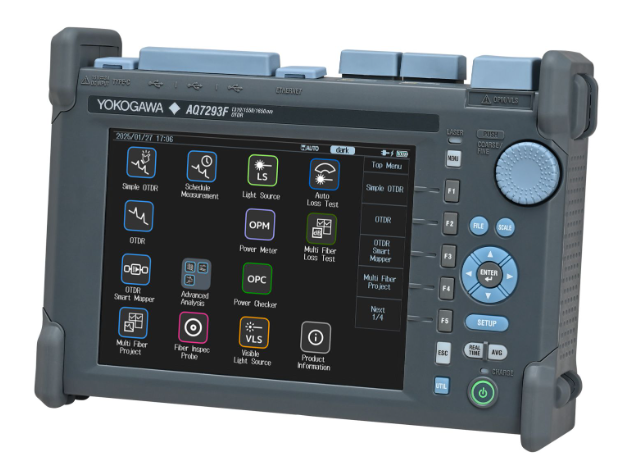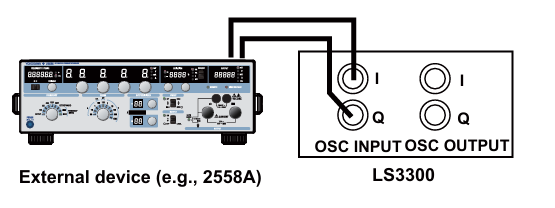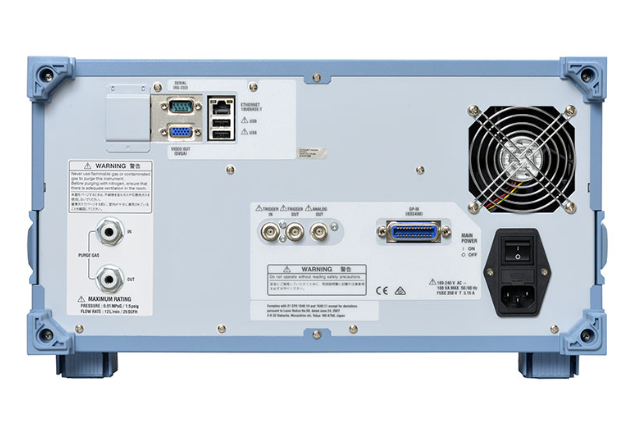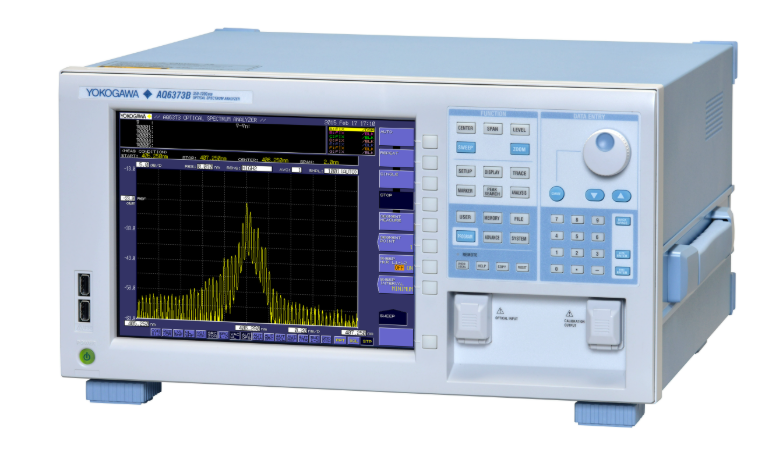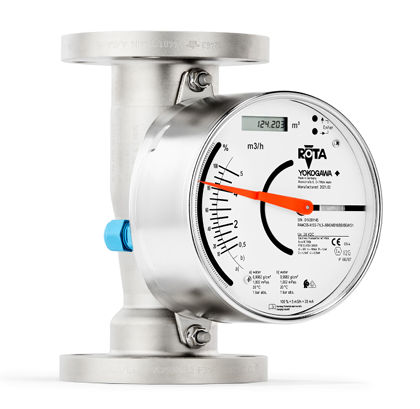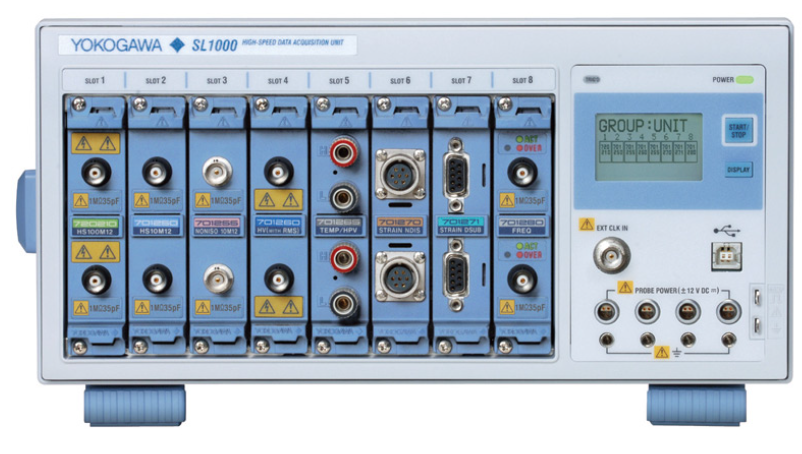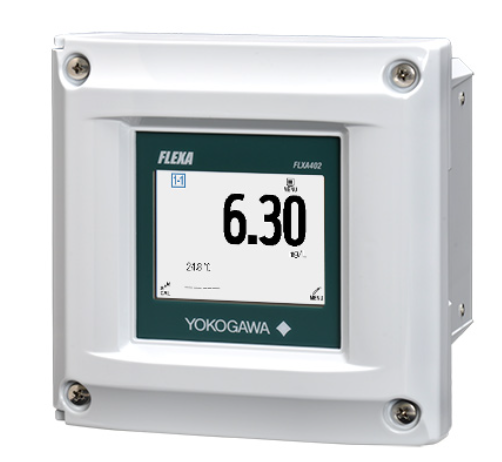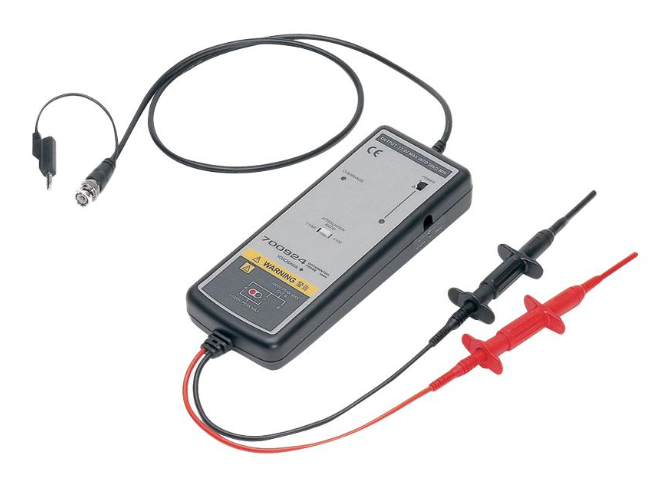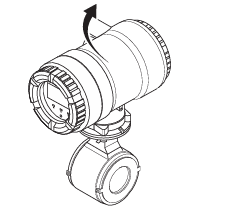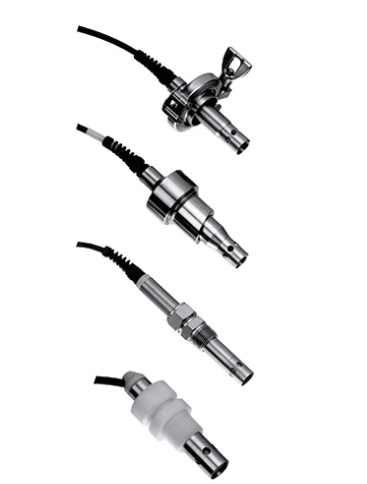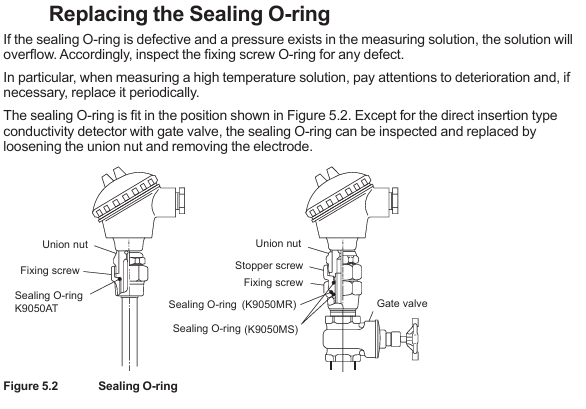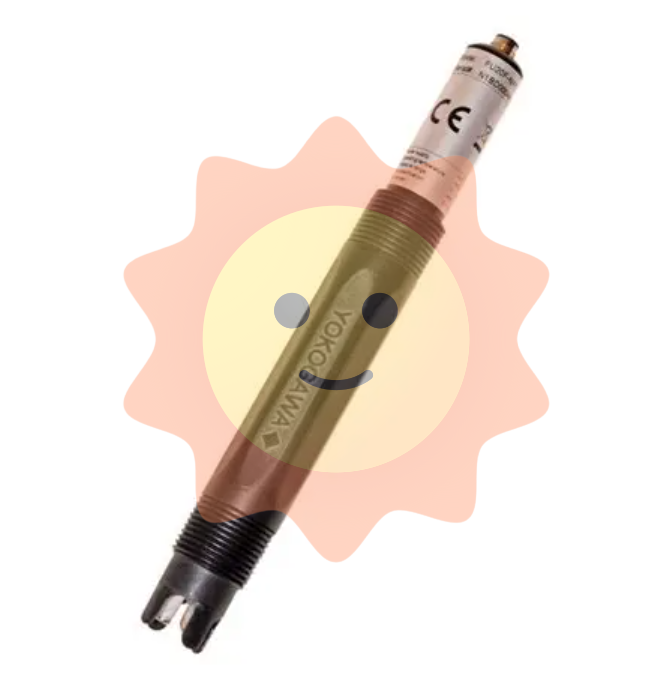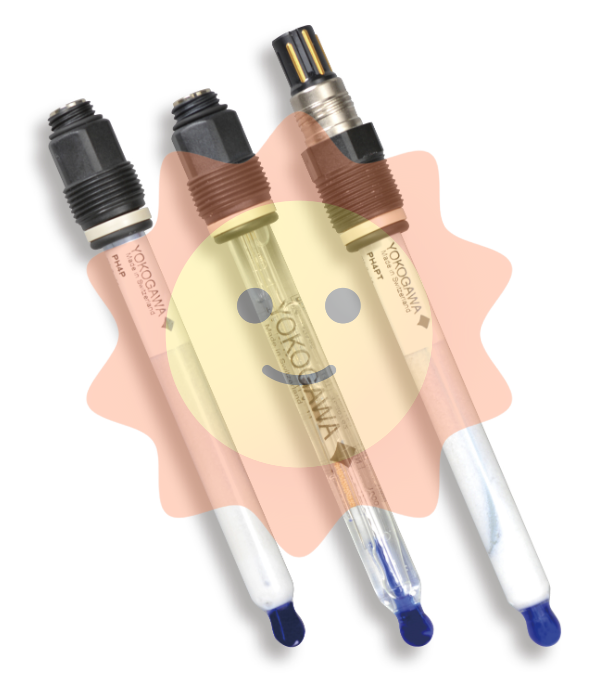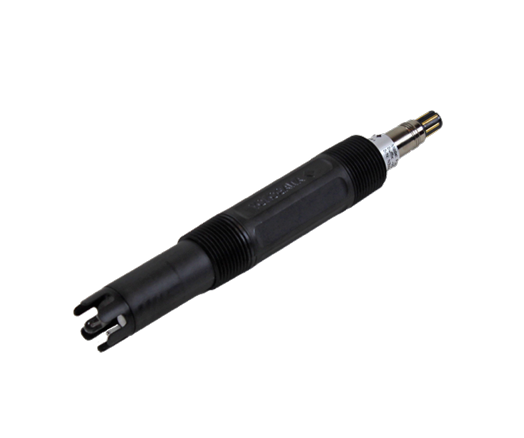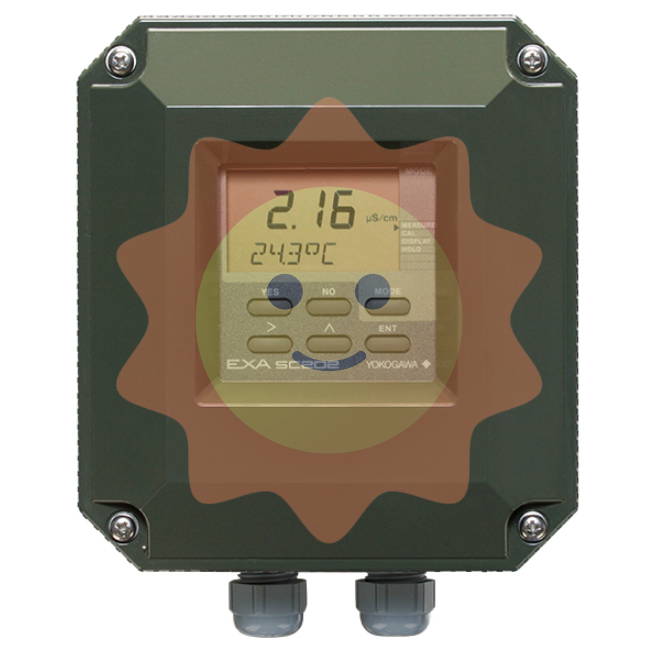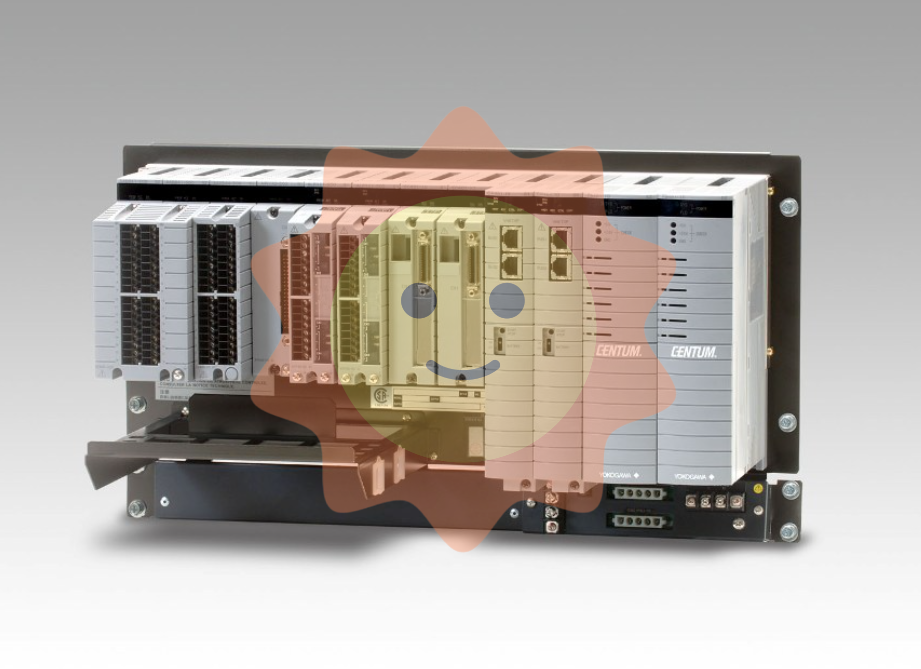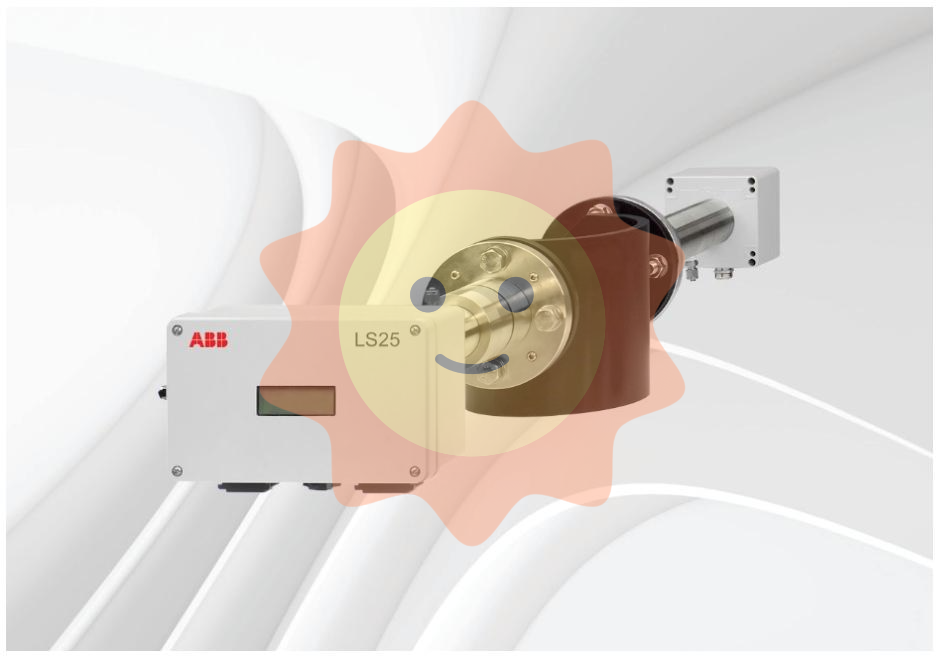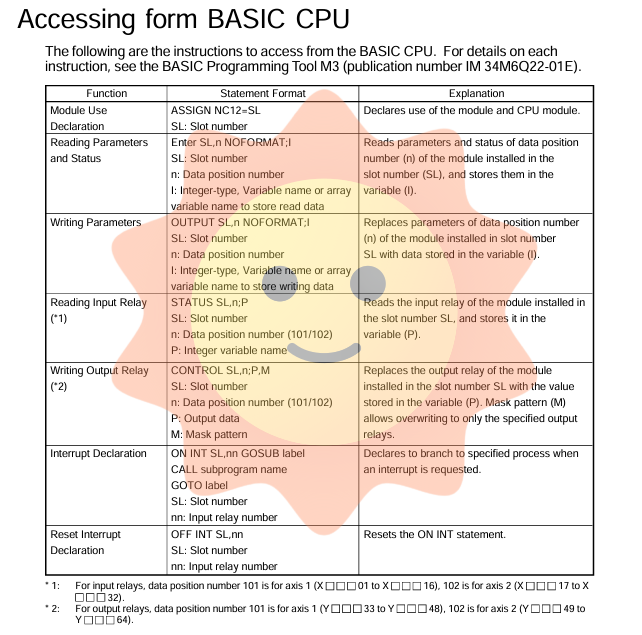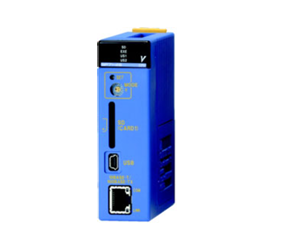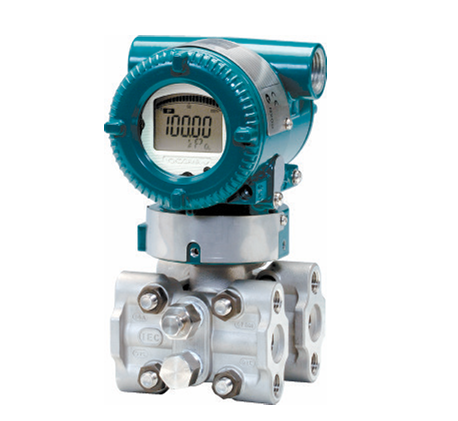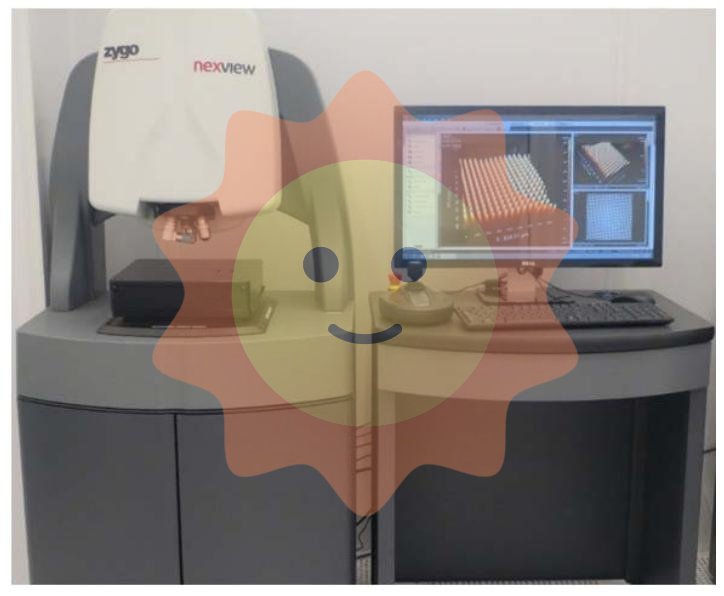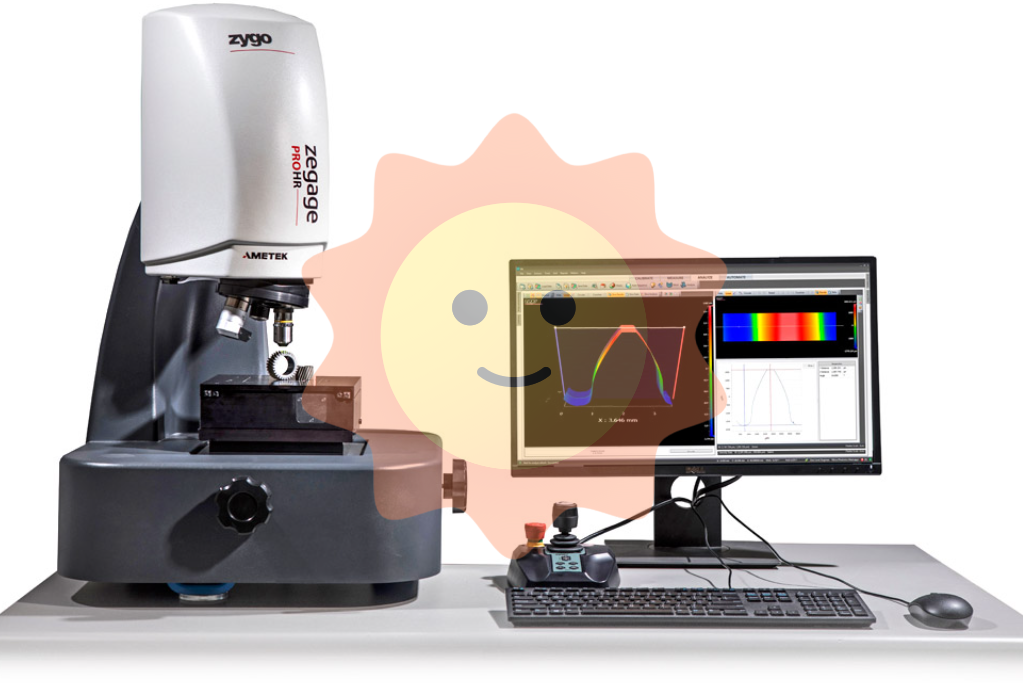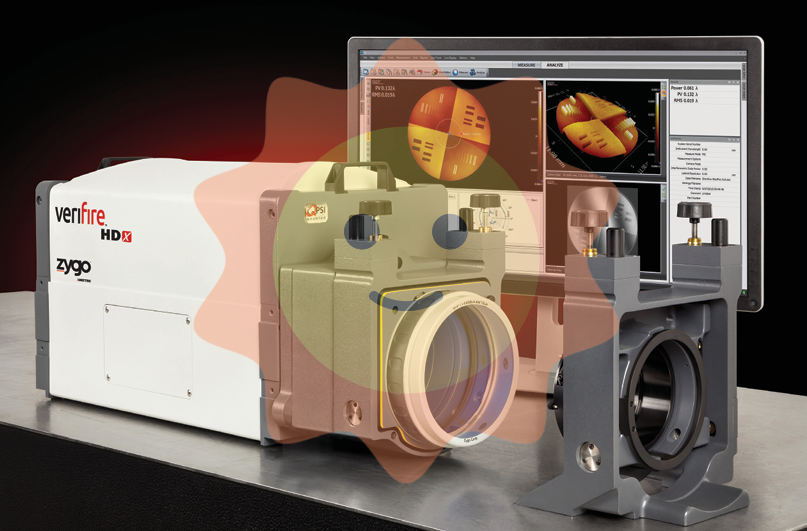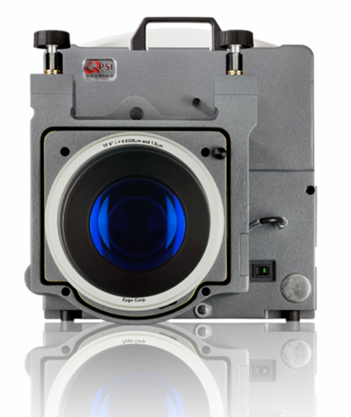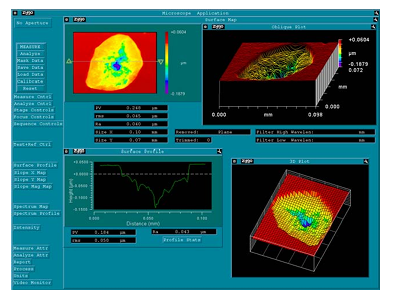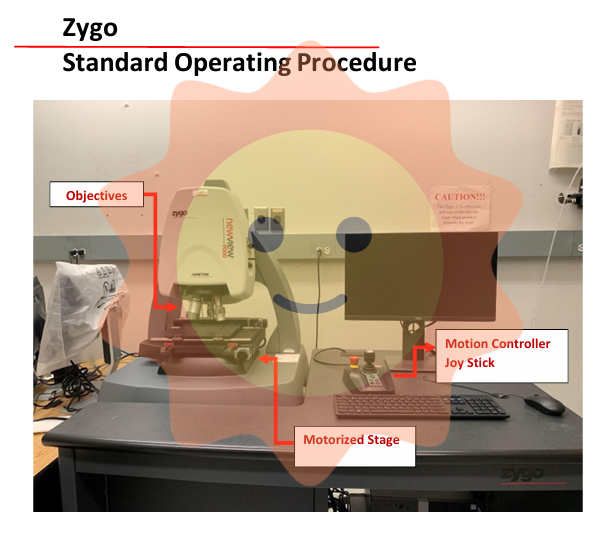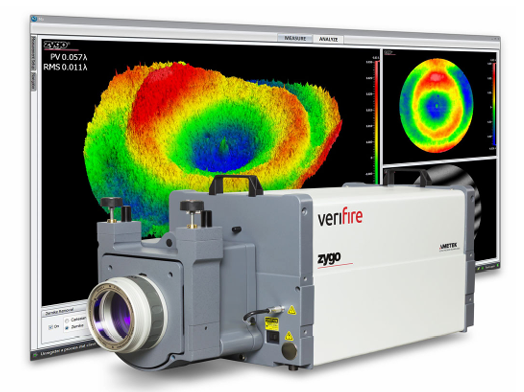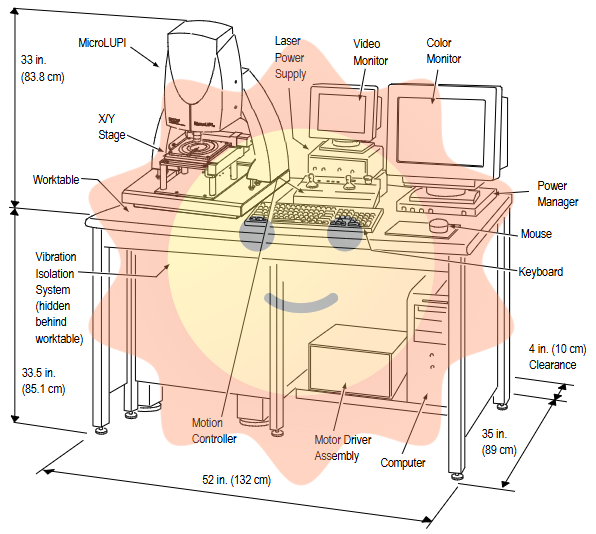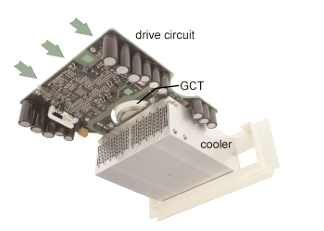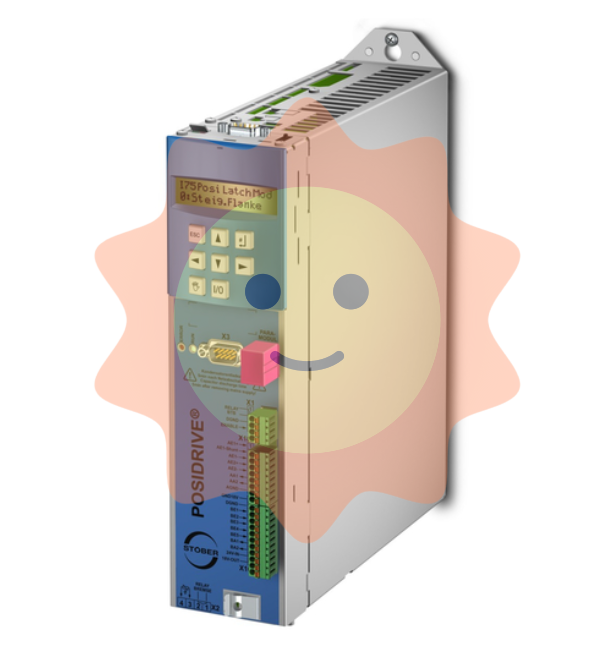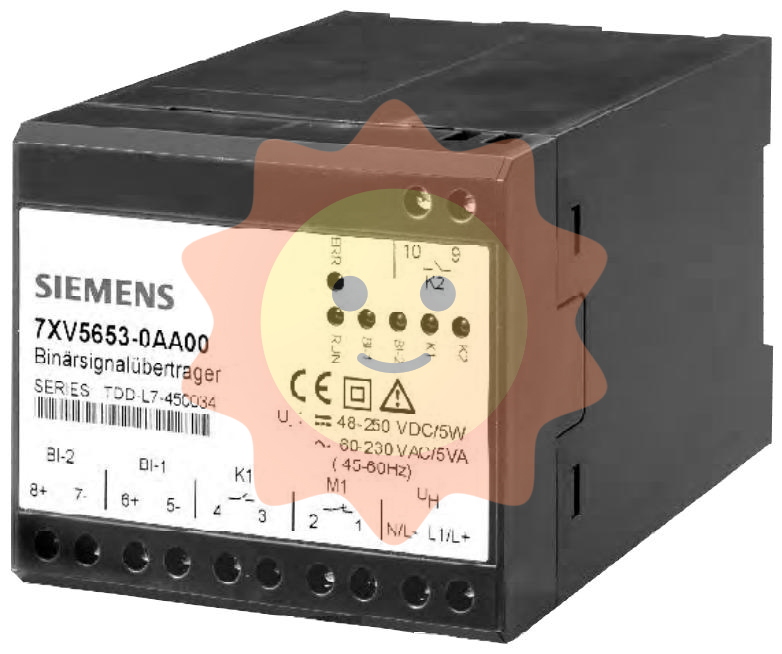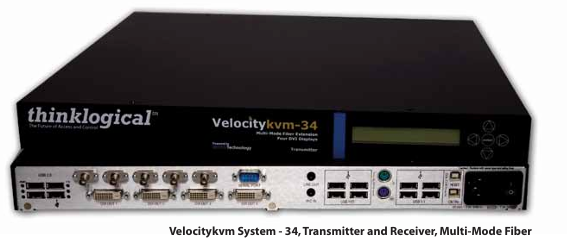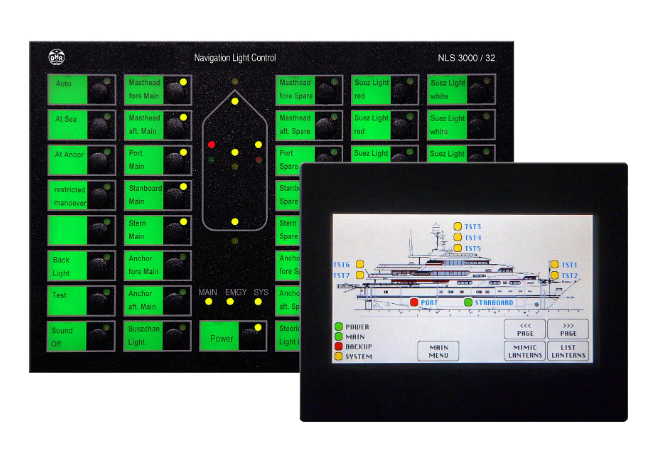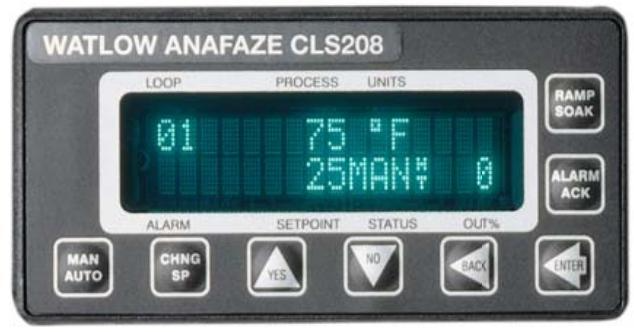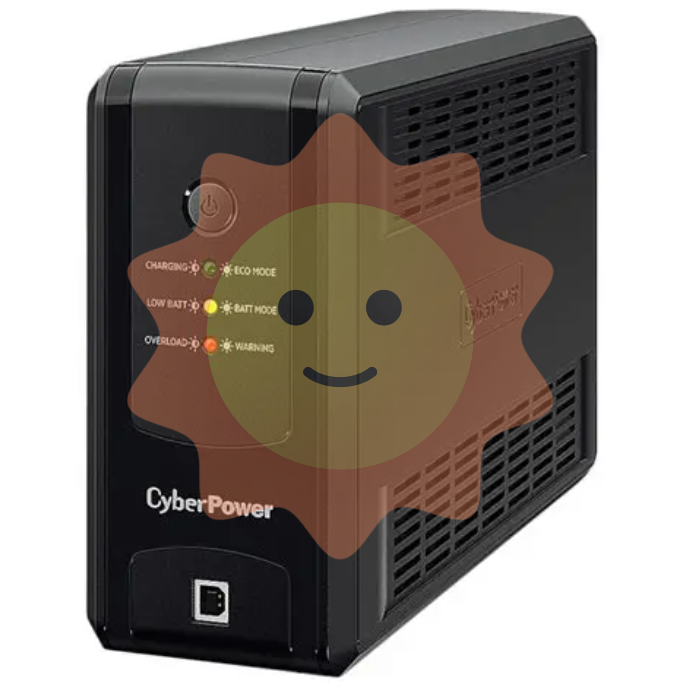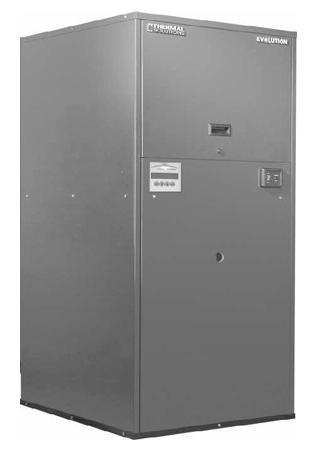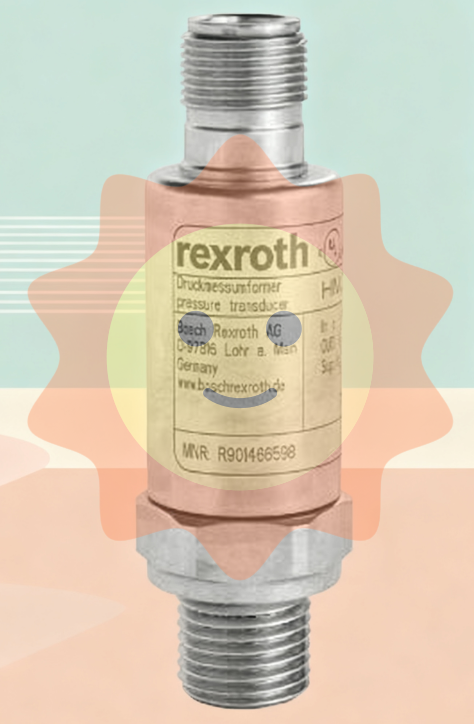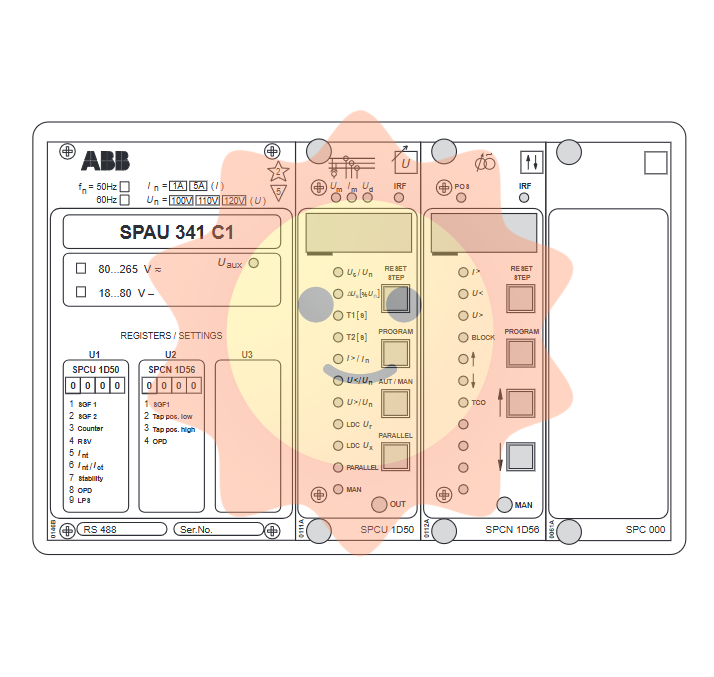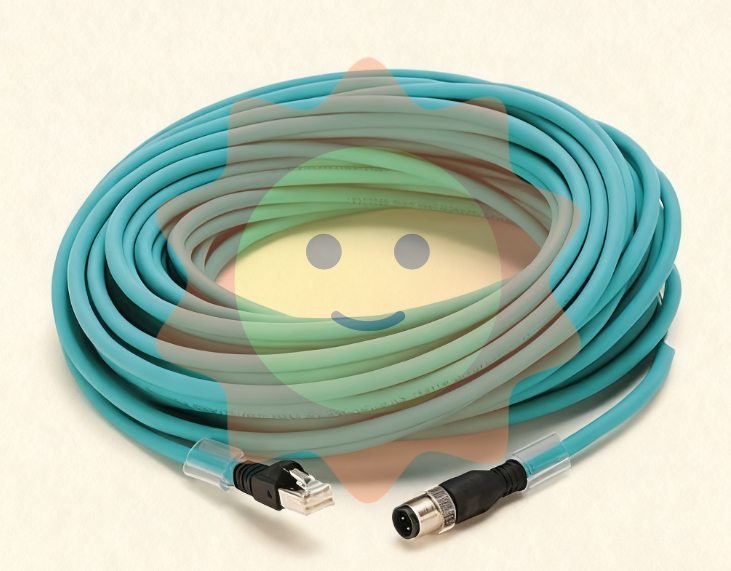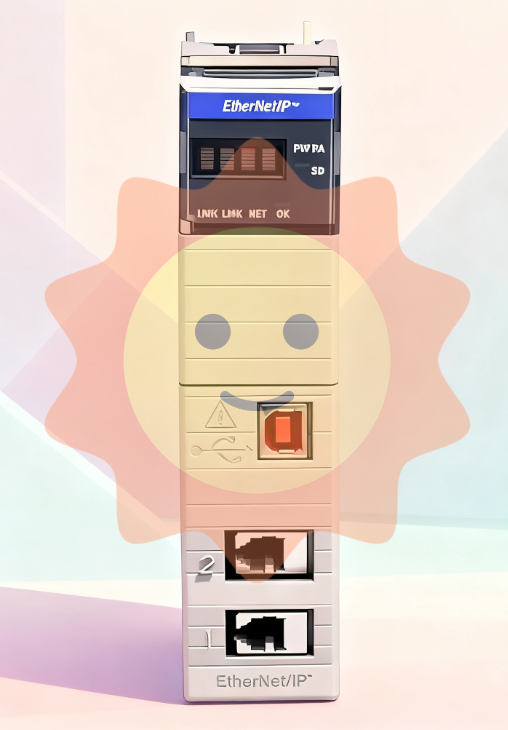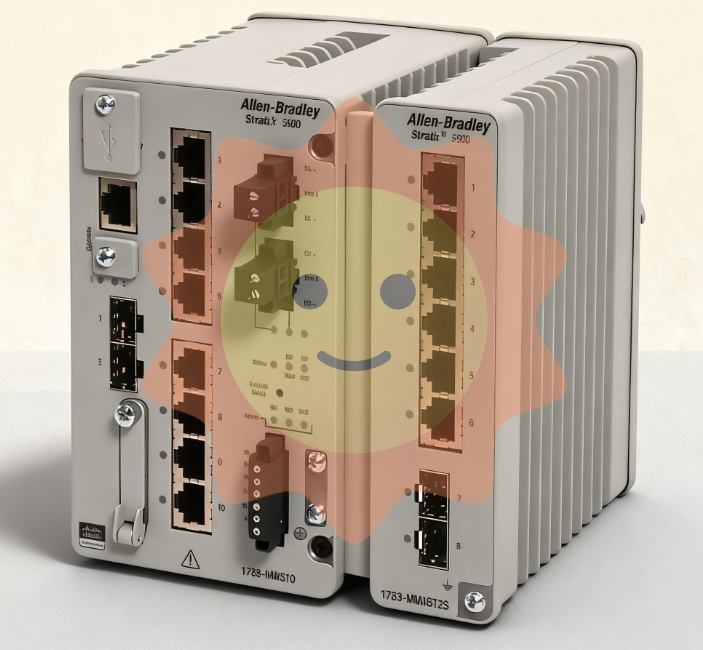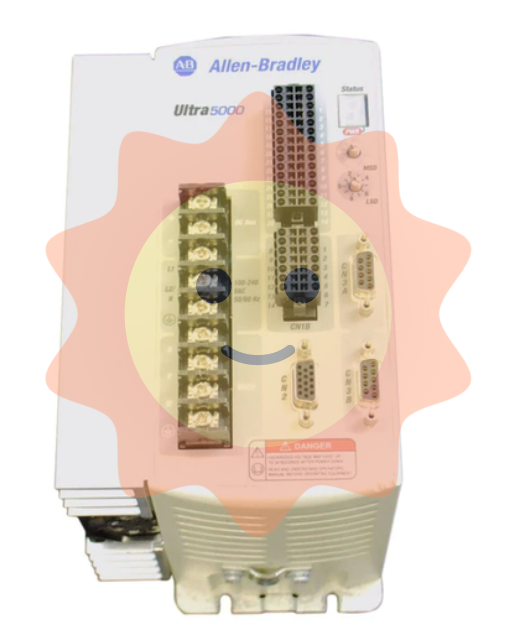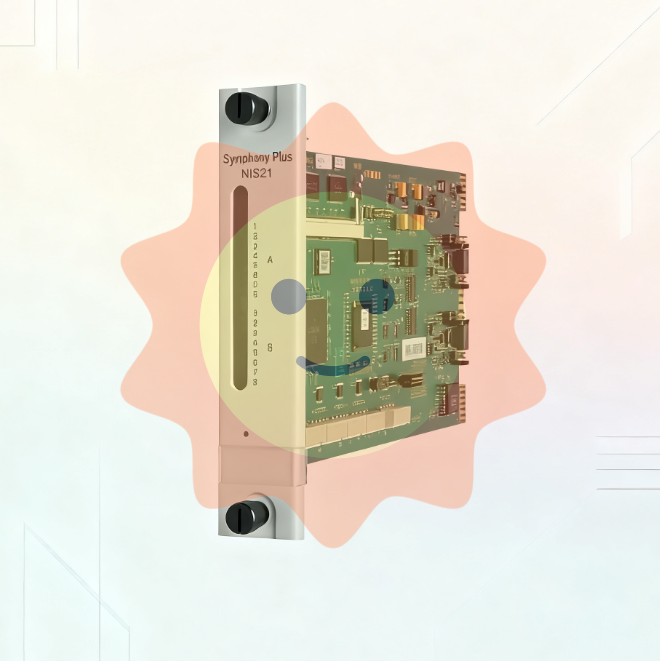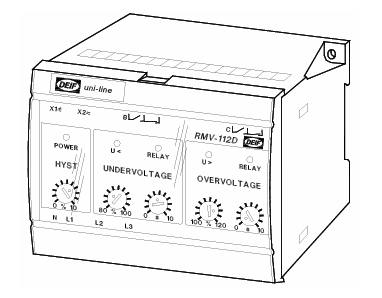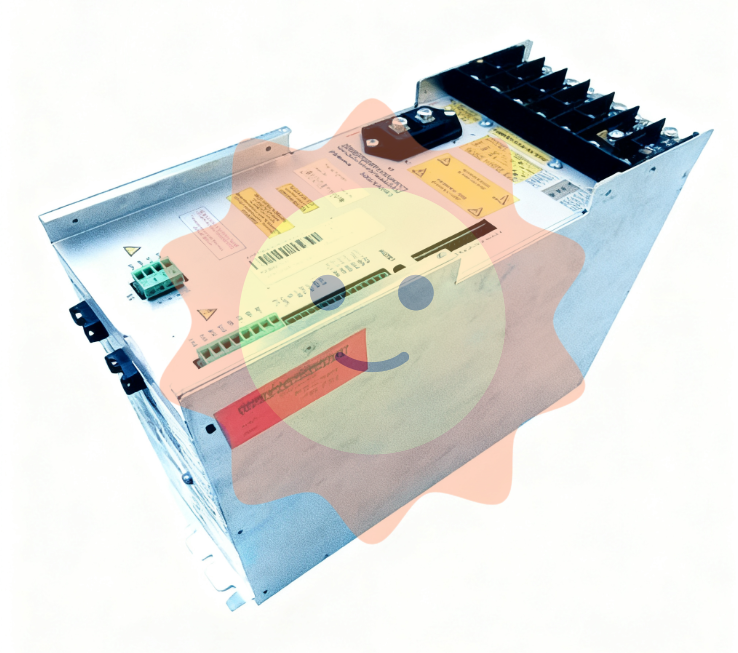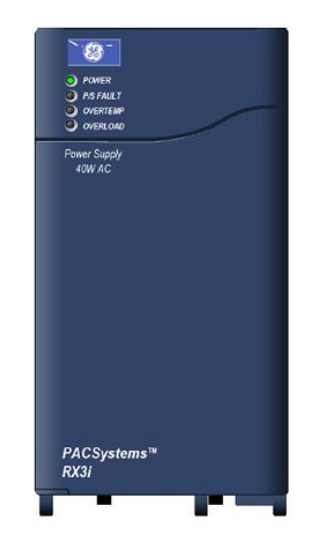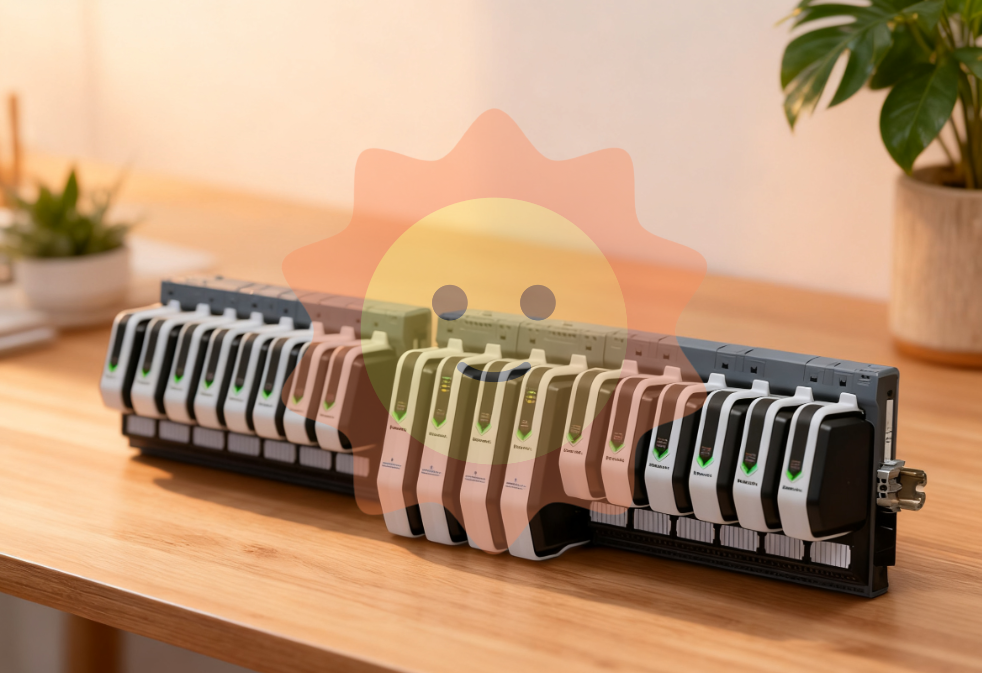GE IC3600EPSS1 Regulator Card
GE IC3600EPSS1 Regulator Card
Part Number IC3600EPSS1 Manufacturer General Electric Country of Manufacture As Per GE Manufacturing Policy Series Mark VI/VIe Function Module Availability In StockIC3600EPSS1 is a Regulator Card developed by GE. It is a part of Mark I & II control system. It convert -50V to -12V DC ensures that the system can maintain the necessary power levels for components and devices that rely on -12V power, offering flexibility and efficiency in power management. This card's non-intrusive installation feature makes it a user-friendly solution for various control system configurations.
Features Power Conversion from -50V to -12V DC: The primary role of the card is to convert a higher voltage level of -50V DC to a lower voltage level of -12V DC. This conversion is essential for providing a stable and appropriate power supply to components or devices in the system that require -12V DC voltage levels to operate effectively. Selective Application: It is only necessary in situations where the system lacks a -12V power source. In cases where -12V is readily available within the system, this card may not need to be deployed. Its purpose is to bridge the gap between the existing -50V supply and the requirement for -12V power. Non-Intrusive Installation: It doesn't need to be removed from its slot even when the -50V supply is not present. This design allows for flexibility and convenience in system maintenance and configuration.
Users can keep the card in place without affecting system operations when the -50V source is temporarily disconnected or not required. Drive Card and Regulator Functionality: The card is essentially a regulator card that ensures the output voltage remains stable at -12V DC, regardless of input voltage fluctuations. This function is particularly important for sensitive components and control systems that rely on consistent power levels for optimal performance. GE 50V / 12V Control Board: Designed to manage and regulate voltage levels within the specified range of 50V to 12V DC. It ensures that the required voltage levels are supplied to various components and devices to enable smooth and reliable operation. Characteristics Voltage Regulation: The primary function is to regulate voltage levels within the Mark I & II control system.
It is responsible for ensuring that the voltage supplied to connected components and devices remains stable and within the specified range. Part of Mark I & II Control System: It is an integral component of the Mark I & II control system, signifying its compatibility and seamless integration within this system. It is designed to work harmoniously with other control system elements to facilitate optimal performance. Reliability: Reliability is a critical aspect of any control system component. It is expected to meet high standards of reliability. This reliability ensures consistent and dependable voltage regulation, which is essential for the smooth operation of connected equipment. Control and Monitoring: The card is likely equipped with control and monitoring features that enable operators to adjust and monitor voltage levels as needed. This control capability is vital for adapting the system to various operational requirements.
The IO module has the following main functions
Input Function
The IO module can receive input signals sent by external devices and convert them into digital or analogue signals for use by the computer system or control system. These input signals can come from a variety of sensors, such as temperature sensors, pressure sensors, photosensitive sensors and so on. By receiving and parsing these input signals, the system can monitor and control the external environment in real time.
Output Functions
The IO module is capable of converting the output signals generated by a computer system or control system into the form required by an external device. These output signals are typically used to control actuators such as motors, valves, lights, etc. By sending appropriate output signals to external devices, the system enables control and operation of the external environment.
Data Acquisition and Processing
The IO module is capable of acquiring data from external devices and transferring it to a computer system or control system for further processing. This enables the system to acquire environmental data, status information and user inputs in real time and make appropriate decisions or perform specific tasks based on these data.
Communication Interfaces
IO modules are usually equipped with different types of communication interfaces, such as serial interfaces (RS232, RS485), Ethernet interfaces, CAN bus interfaces, and so on. These interfaces enable IO modules to exchange data and communicate efficiently with computer systems or other external devices.
OTHER INFORMATION
• Up to 1.26 GHz Pentium® III processor with 256 KB advanced transfer cache
• Up to 512 MB PC-133 SDRAM using a single SODIMM
• Internal AGP SVGA controller with 4 MB display cache
• 133 MHz system bus via Intel® 815E chipset
• Dual Ethernet controllers supporting 10BaseT and 100BaseTX interfaces
• Optional PCI dual channel Ultra160 SCSI
• Up to three (two with rear I/O support) PMC expansion sites (IEEE-P1386 common mezzanine card standard, 5 V)
• Up to 1 GB bootable flash on secondary IDE (optional)
• Two 16-bit and two 32-bit programmable timers
• 32 KB of nonvolatile SRAM
• Software-selectable watchdog timer with reset
• Remote Ethernet booting
• Optional IDE hard disk drive
• VME64 modes supported: A32/A24/D32/D16/D08(EO)/MBLT64/BLT32
• VMEbus interrupt handler, interrupter and system controller
• Includes real time endian conversion hardware for littleendian and big-endian data interfacing (patent no. 6,032,212)
• Enhanced bus error handling
• Passive heat sink

- User name Member Level Quantity Specification Purchase Date
- Satisfaction :
-









Email:wang@kongjiangauto.com





